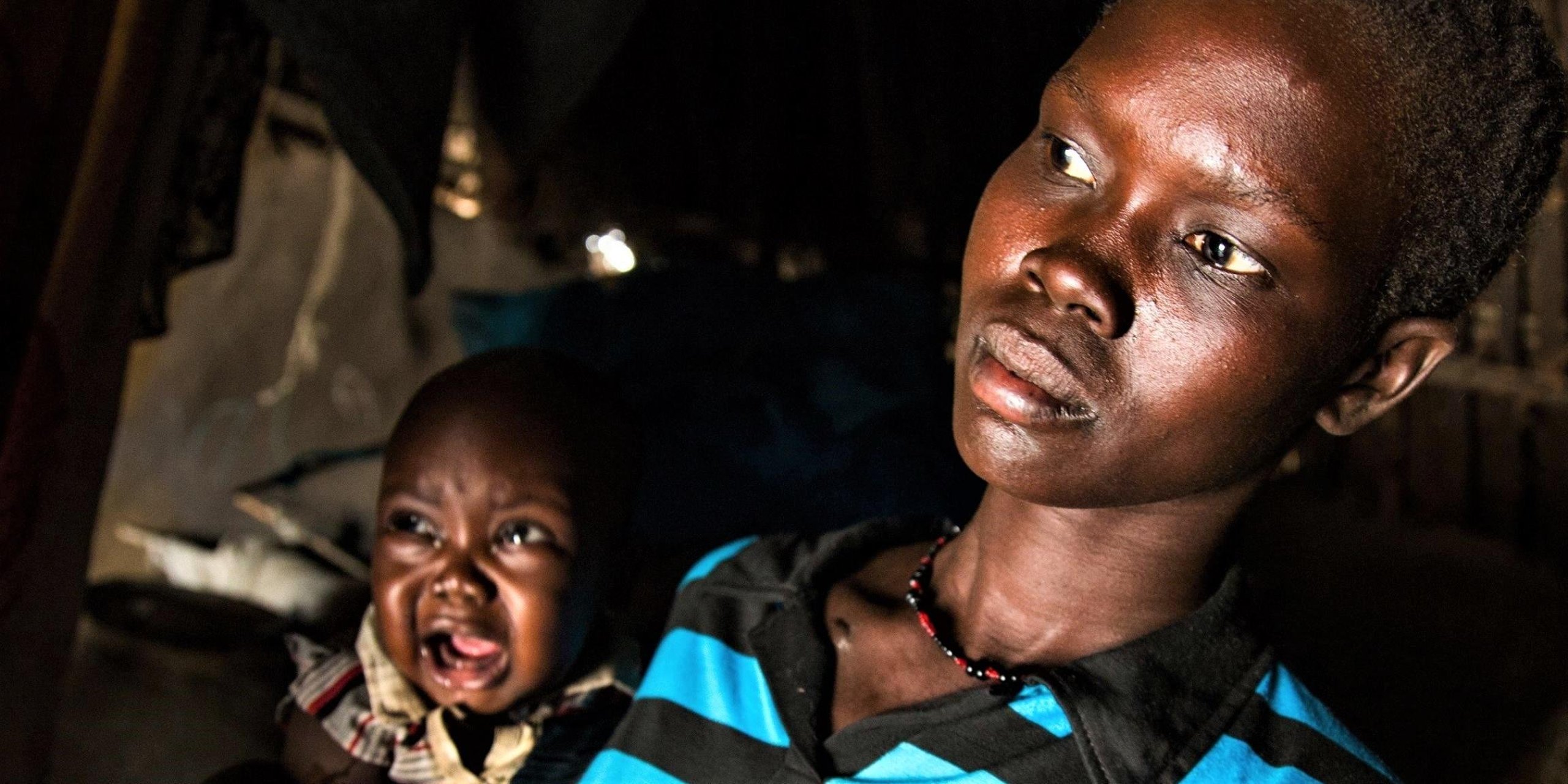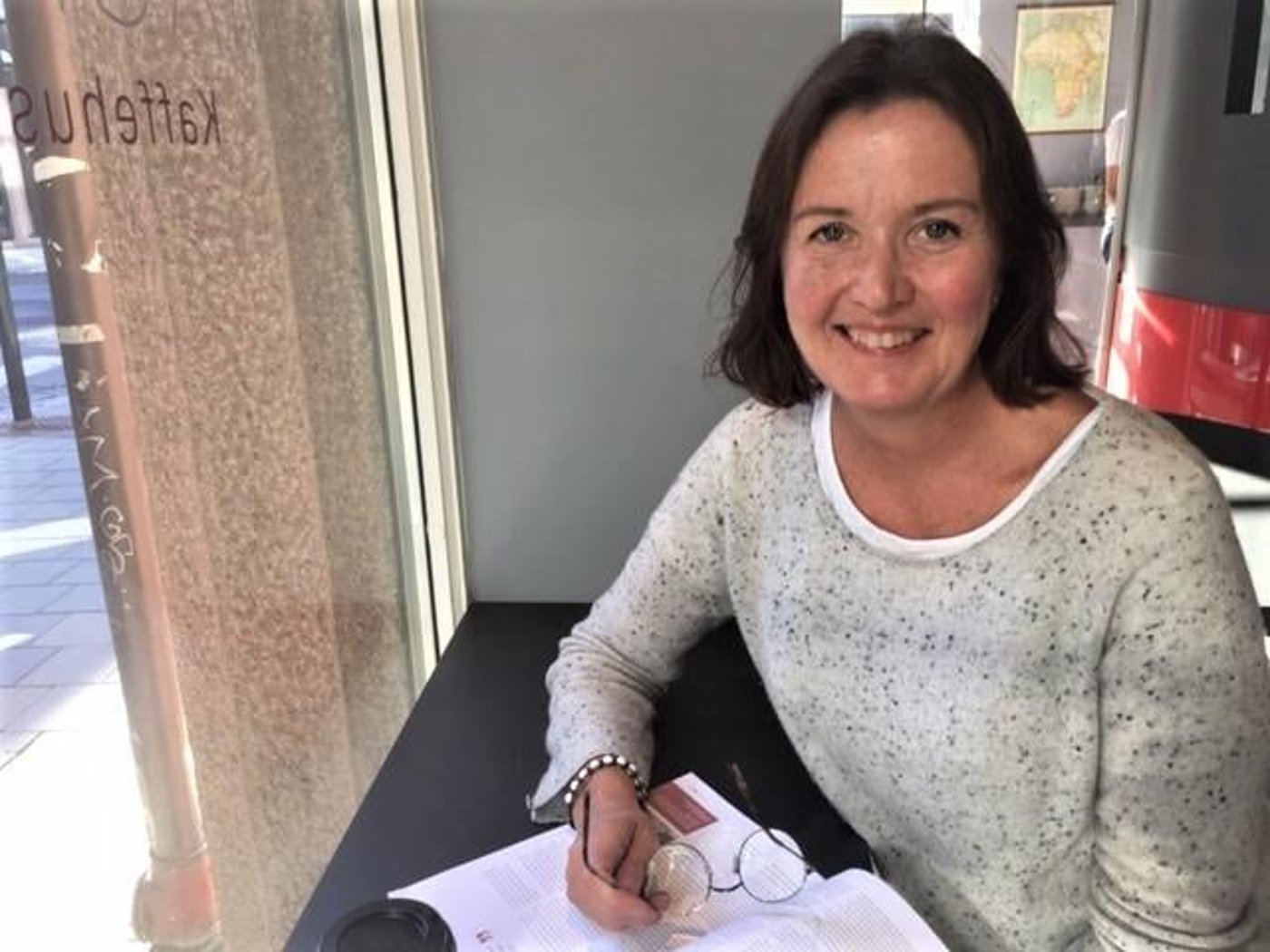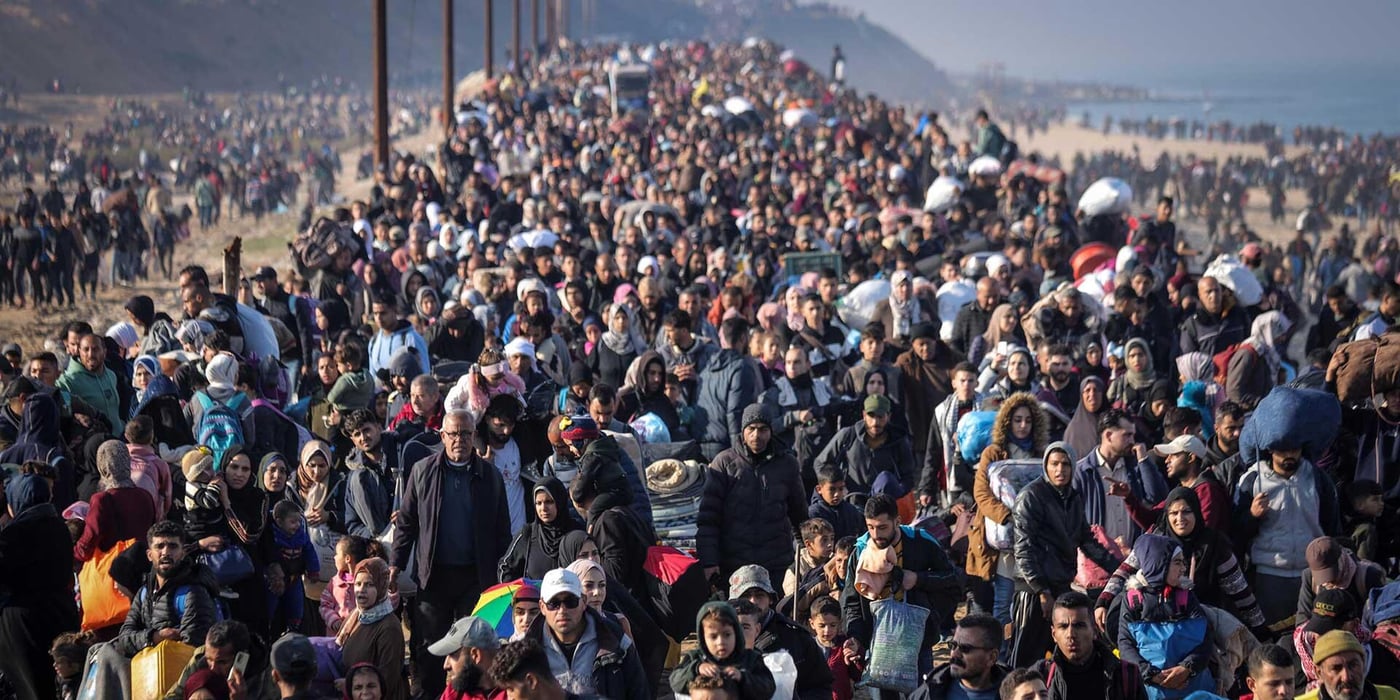
She believes that it is human nature to choose the path of least resistance, which can involve cutting corners and stretching rules to get things done.
"The 'Fraud Triangle' is a simple illustration; 'pressure', 'opportunity' and 'rationalisation' either as individual events or combined, say something about why fraud occurs. But it also lays out how we can prevent corruption. Preventive work should be given higher priority," says Skaaren-Fystro.

A person can be under pressure –either because he or she is a high achiever, or as a result of pressure from managers, pushing you to get "creative" in order to achieve high results. If the risk of exposure is low, the inclination to commit corrupt actions is greater. Then we justify our actions: We may think that our salary is too low, and that we deserve some extra gifts, and that everyone else would do the same if put in our situation.
"I think the answer lies here," she says.
Humanitarian aid is usually distributed in countries that are ranked at the bottom of TI’s anti-corruption index. Thus, organisations working in these countries face greater corruption challenges.
“Crisis situations worsen when assistance is reduced or prevented from reaching the population in need. This can be dramatic for the individuals, families and villages affected. It can therefore be said that anti-corruption work and the humanitarian imperative take the same direction”, says Skaaren-Fystro.
Anti-corruption tools
When Transparency International and the International Red Cross received funds from the Norwegian Ministry of Foreign Affairs to create anti-corruption training materials, Berit Faye-Petersen, responsible for NRC’s anti-corruption work, participated in an expert group.
Read the interview with Faye-Petersen here.
The 2015 collaboration resulted in an e-learning software. This is a 3.5 hour-long training programme that is free to use. The course is scenario-based and challenges you in different situations.
I have the impression that you are very serious and future oriented - that you spend a lot of resources on it and are doing very well.Gro Skaaren-Fystro
About 14,200 people have signed up, and nearly half of them have completed the course.
The software has also inspired further training – a course where people meet in groups led by instructors. This is especially useful in areas where there is poor or no internet connection.
The e-learning software is translated into several languages, and NRC pushed to make an Arabic version. As it turns out, a great number of Arabic speakers are using the software.
In addition, an app has been developed, that provides information about corruption-risks and advice on how to tackle them. This is also useful for aid workers and others who work in the field (you can download it for free in Appstore).
Impossible to find exact numbers
According to the UN Secretary General, Antonio Guterres, all corruption in the world amounts to a total of five percent of the world's gross domestic product - around 2.6 trillion US dollars.
Those who have to pay the highest price are those desperate for help, those who depend on the aid for survival.Gro Skaaren-Fystro
"We in Transparency International have not received any figures that show this, because we have no sensible way to figure it out. But we assume that the scope is very big, and we are happy that the UN Secretary-General contributes to setting the agenda, both within the UN system and elsewhere. Corruption is one of the main obstacles to sustainable development and fair distribution, says Skaaren-Fystro.
What about the humanitarian aid sector – what are the rates of corruption here? Nobody knows for sure. But the UN has previously estimated approximately 30 per cent. According to the Global Humanitarian Assistance Report 2017, the total humanitarian assistance was then at 27.3 billion US dollars. 30 per cent of this is 8.19 billion dollars.
Praising NRC
NRC has aid programmes in 30 countries and about 14,000 employees. For its anti-corruption work, the organisation focuses on local risk analysis and train staff in all the countries.
“How do you think NRC stands in its anti-corruption work?”
"I have the impression that you are very serious and future oriented. It's great that you, as a big humanitarian organisation, share your experiences with others. You are open to the challenges you face, and it is commendable that you publish an overview of your own affairs," says the corruption adviser, before she adds:
“But you probably don’t do enough.”


